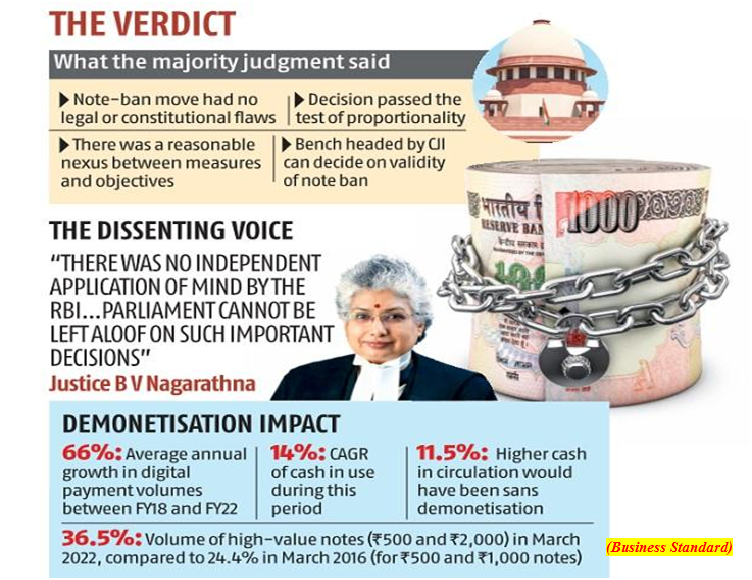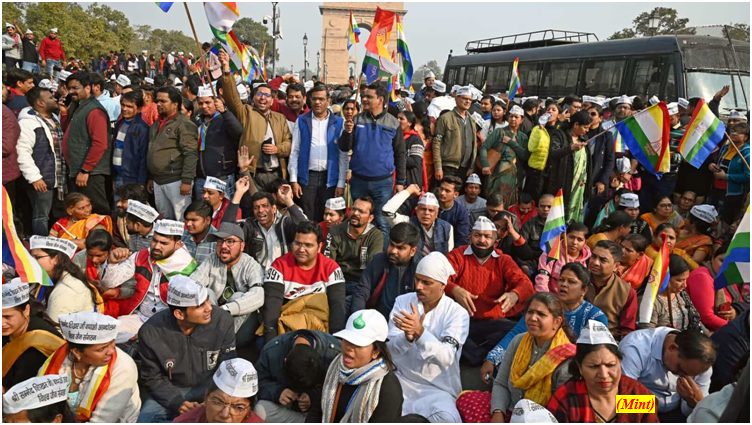SMART program for Ayurveda professionals to boost R&D in Ayurveda (GS Paper 2, Health)

Why in news?
- Recently, ‘SMART’ (Scope for Mainstreaming Ayurveda Research in Teaching Professionals) program aimed to boost scientific research in priority healthcare research areas through Ayurveda colleges and hospitals was launched.
- It was launched by the National Commission for Indian System of Medicine (NCISM) and the Central Council for Research in Ayurvedic Sciences (CCRAS), the two prominent institutions under the Ministry of Ayush.
Objective:
- The proposed initiative is conceptualised with an objective to identify, support and promote innovative research ideas in healthcare research areas including Osteoarthritis, Iron Deficiency Anaemia, Chronic Bronchitis, Dyslipidemia, Rheumatoid Arthritis, Obesity, Diabetes Mellitus, Psoriasis, Generalised Anxiety Disorder, Non-alcoholic fatty liver disease (NAFLD).
Way Forward:
- The large network of Ayurveda colleges and hospitals across the country is an asset for the country in terms of its healthcare needs.
- The ‘SMART’ program will certainly motivate teachers for taking up projects in designated areas of healthcare research and create a large database.
SC upholds 2016 decision on demonetisation by 4:1 majority verdict
(GS Paper 2, Judiciary)
Why in news?
- Recently, a five-judge Constitution Bench of the Supreme Court upheld the Modi government’s 2016 decision to demonetise Rs 500 and Rs 1,000 currency notesby a 4:1 majority verdict saying the decision was about executive policy and could not be reversed.

Details:
- The court rejected the 58 petitions challenging demonetisation and said the decision-making process of the government was not flawed.
- The judgment, authored by Justice B R Gavai, was agreed to by judges S Abdul Nazeer, A S Bopanna, and V Ramasubramanian.
- Justice B V Nagarathna faulted demonetisation in her dissenting judgment but did not quash it.
Test of Proportionality:
- The judgment said there was consultation between the Centre and the Reserve Bank of India (RBI) for six months, indicating a “reasonable nexus between the measures undertaken and the object sought to be achieved” and, therefore, the demonetisation notification passed the test or doctrine of “proportionality”.
- Test of Proportionality means examining whether the measure (demonetisation) was in proportion with the outcome sought to be achieved, like eradicating black marketing, terror financing,etc and whether there were consultations between the Centre and the RBI prior to the note ban.
- This means the petitioners who had not got relief from this verdict can take the issue before an appropriate Bench by the Chief Justice of India for deciding issues linked to the validity of demonetisation. However, legal experts said this issue could only be challenged if a review petition was filed against the verdict.
Centre’s stand:
- The Centre told the Supreme Court that the step was taken after extensive consultations with the RBI and that preparations were made before the note ban was enforced.
- It had added the demonetisation exercise was a “well-considered” decision and part of a larger strategy to combat the menace of fake money, terror financing, black money, and tax evasion.
Dissenting view:
- Justice Nagarathna differed with the majority judgment and said it missed the main issue, namely that the RBI should initiate the demonetisation process and not the Centre.
- She differed with the majority about Section 26(2) of the RBI Act, which states the government can, through a gazette notification, declare that a denomination of a bank note can cease to be legal tender, on the recommendation of the central board of the RBI.
- She said the demonetisation process was illegal but it could not be reversed now. Parliament should have discussed the law on demonetisation and it should not have been done by a gazette notification. However, the process was well-intended and its objective was to combat the black money, terror funding, hawala transactions, and other such practices.
- The judgment will send out a strong message to the public and business communities about the need to undertake financial transactions by legitimate means and the courts are not guided by a populist agenda or public outcry in matters of critical economic policies.
Background:
- On November 8, 2016, Prime Minister Narendra Modi announced a ban on currency notes of Rs 500 and Rs 1,000, stating that it would reduce the use of black money and counterfeit currency.
- However, several reports of distress among citizens due to long queues and cash shortages emerged, compounded by frequent changes in rules by the RBI over the next couple of months.
- The RBI had earlier admitted in its submission that there were “temporary hardships” and they, too, are an integral part of the nation-building process, but there was a mechanism by which problems that arose were solved.
Why is the Jain community protesting across the country?
(GS Paper 1, Culture)
Why in news?
- India crawled its way into 2023 with widespread protests taking place across the nation. Cities including Delhi, Mumbai, and Ahmedabad saw people from the Jain community pour into the streets against the Jharkhand government’s latest decision to declare the holy Shri SammedShikharji in Giridih district as an eco-tourist place.
- Hundreds of members of the Jain community also carried out parallel rallies in Ahmedabad and Mumbai, demanding action against anti-social elements allegedly desecrating the sacred Shetrunjaya Hills in Gujarat’s Bhavnagar district.

SammedShikharji:
- Located on Parasnath Hills in Jharkhand’s Giridih district, Shri SammedShikharji is considered one of the most sacred shrines of Jains.
- The state government’s decision to use it to boost religious tourism has not gone down well with the community, which believes it will impact the sanctity of the site.
- The pilgrimage site is important for both the Digambara and Svetambara sects as 20 out of 24 Jain Tirthankaras along with monks attained moksha in the place.
Background:
- The Jharkhand government announced the decision to convert the site into a tourist spot as part of its Tourism Policy launched in July 2022.
- In November, the community had written to the chief secretary of the Government of Jharkhand, urging the administration to declare the Shri SammedShikharji temple a holy place only as it is considered the highest place of pilgrimage of the Jain religion. However, no action has been taken so far.
Demand of the NCM:
- The National Commission for Minorities (NCM) has written to the chief secretary of the Jharkhand administration about denotifying Parasnath ParvatrajGiridih (Jharkhand) as an eco-tourism centre and declaring the same as a holy place.
About NCM:
- National Commission for Minorities (NCM) was set up under the National Commission for Minorities Act, 1992.
- It monitors the working of the safeguards for minorities provided in the Constitution and in laws enacted by Parliament and the state legislatures.
- Six religious communities, viz; Muslims, Christians, Sikhs, Buddhists, Zoroastrians (Parsis) and Jains have been notified in Gazette of India as minority communities by the Union Government all over India.




